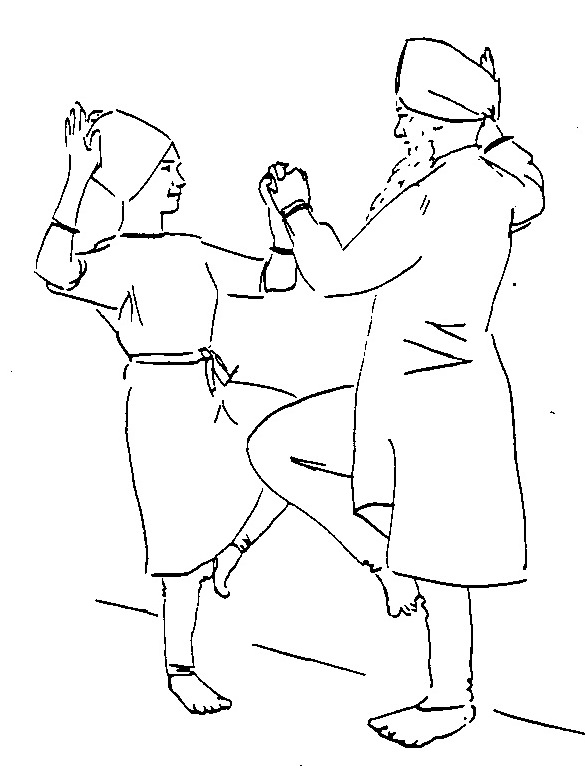

Vocal vibrations are powerful healing tools. A traditional practice is to chant a mantra. There are a variety of ways to create a personal mantra practice that is uniquely yours. Weaving Mantras into Your Daily Spiritual Practice In the absence of such guidance, you can rest on the assurance that part of the magic of these ancient languages is that their power does not depend on you being able to pronounce the words perfectly or read the original form the power is in the intention behind the words and your own interpretation and experience of the sounds. Though it would be valuable and inspiring to study with devoted Sanskrit and Gurmukhi scholars, it may not be feasible or likely for you to do. Gurmukhi is also the language of the sacred literature of the Sikhs. Gurmukhi, which means “from the mouth of the guru,” was standardized by Sri Guru Angad Sahib Ji, a Sikh spiritual leader, in the 16 th century. Other powerful mantras are in Gurmukhi, which is the script used to write the Punjabi language in India. Sanskrit is one of the oldest languages in the world and is the language of many of India’s spiritual texts, including the Rig Veda, Sama Veda, Yajur Veda, and Atharva Veda.

Some of the most powerful mantras are in Sanskrit, an Indo-Aryan language that dates back to approximately 1,500–200 BCE. Read Also : Carbon-negative crops may mean water shortages for 4.5 billion people And how about saying something over and over again that has a positive message? Repeating ancient mantras out loud, silently in your mind, or as part of a mala meditation can be a powerful addition to your daily well-being practices. Have you ever gotten a song stuck in your head? You know how it repeats again and again? If you are going to have something repeating in your mind, it may as well be something that you have chosen intentionally.


 0 kommentar(er)
0 kommentar(er)
